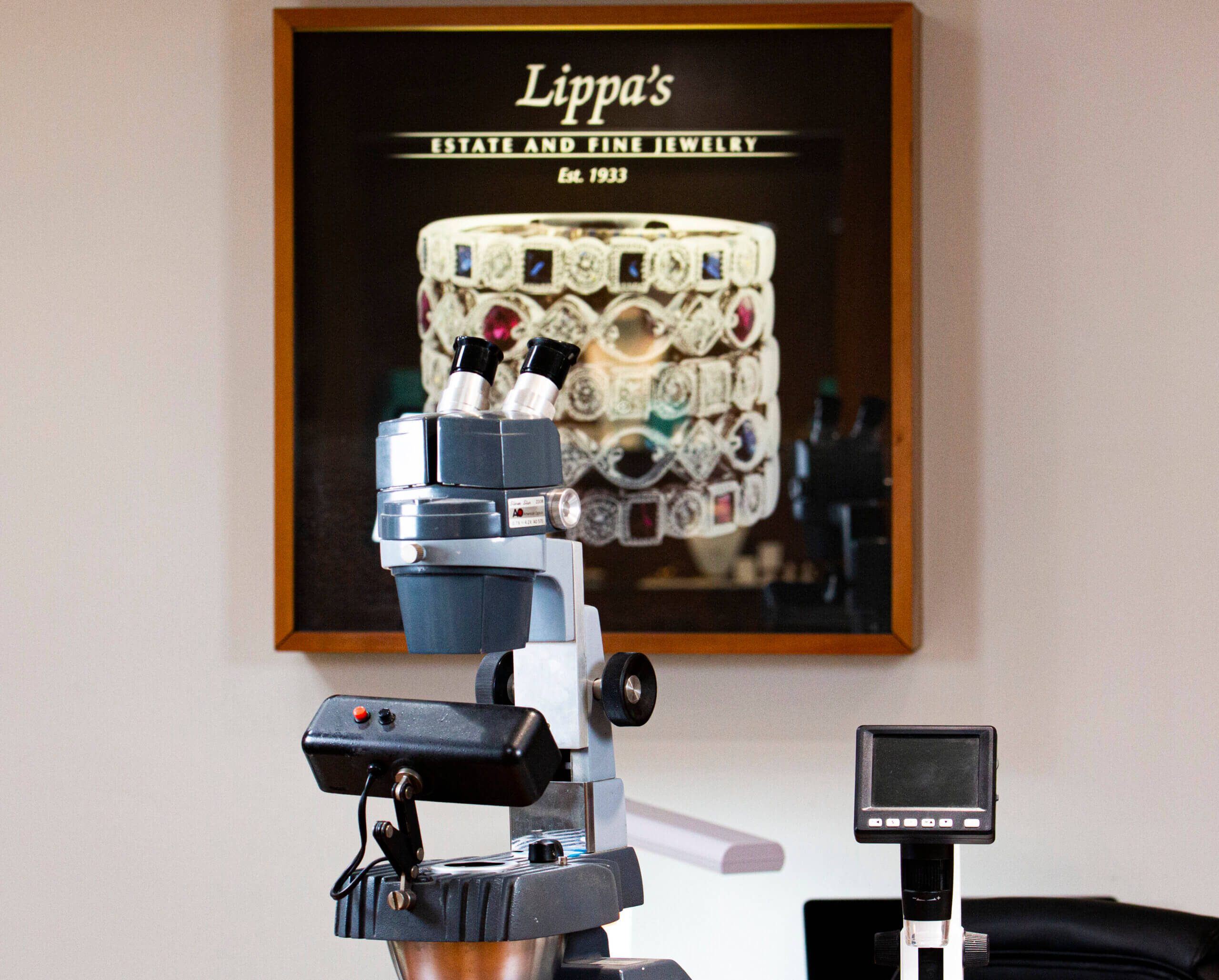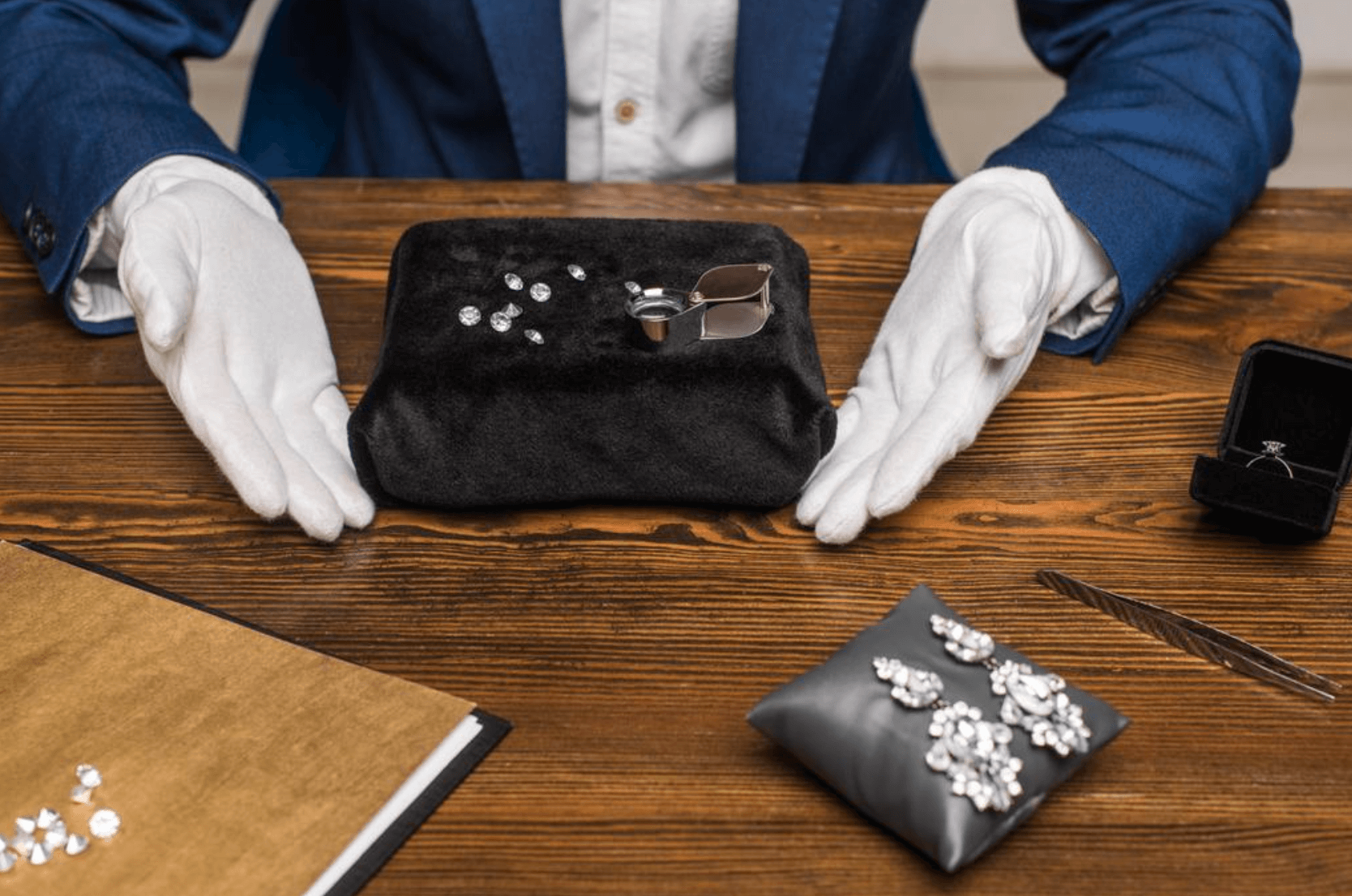Tues - Friday 10 - 5:30, Thurs 10 - 4, Sat 11 - 4
802-872-1042
Embark on a journey into the captivating realm of gemstones, where every facet holds a story waiting to be uncovered. Gemology, the science and art of studying precious stones, unveils a world of wonder and intrigue. From the depths of the Earth to the hands of skilled artisans, gemologists play a vital role in deciphering the secrets of these exquisite treasures.
Whether you’re a seasoned collector or a curious enthusiast, the allure of gemstones transcends time and culture. At the heart of this fascination lies the expertise of gemologists – professionals trained in the intricate science of gemology. Their keen eye, technical prowess, and passion for gemstones illuminate the path to understanding and appreciating these natural wonders.
Join us as we explore the multifaceted world of gemology and unravel the mysteries of gemstones. From their formation and characteristics to their significance in art and culture, let us embark on a journey of discovery together. Welcome to the enchanting world of gemology, where every stone tells a tale and every gemologist is a guardian of its legacy.
There are 3 main organizations for gemological accreditation that are well recognized here in the United states: American Gemological Society (AGS) which issues a Certified Gemologist titleholder, the Gemological Institute of America (GIA) issues a Graduate Gemologist (GG) degree, which we have 2 of on staff., and the Federal Gemological Association of Great Britain which issues an FGA diploma. There are many other associations, but these are the major 3 that are the most highly regarded.

Gemology is the scientific study and classification of gemstones, is a multifaceted discipline that blends elements of geology, chemistry, physics, and artistry. At its core, gemology seeks to unravel the mysteries of gemstones, from their formation deep within the Earth to their journey into exquisite jewelry pieces.
A gemologist’s expertise extends far beyond mere identification. They are the custodians of quality, guardians of authenticity, and ambassadors of knowledge. At Lippa’s, our gemologists, graduates of the esteemed Gemological Institute of America (GIA), undertake a myriad of responsibilities, including: grading, identifying, buying and selling and appraising gemstones. Although we are not gemstone cutters, our 25 plus years of experience enable us to be able to look at gemstones, both diamond and colored stones for recut possibilities and improvements. This is one aspect that owner Mike Berger enjoys the most!
Through meticulous observation and advanced instrumentation, gemologists decipher the unique characteristics of each gemstone, unveiling its true identity amidst a sea of imitators and synthetics.
Employing internationally recognized standards, gemologists assess the quality of gemstones based on criteria such as color, clarity, cut, and carat weight. This meticulous grading process ensures transparency and instills confidence in our clientele.
Beyond aesthetics, gemologists determine the monetary worth of gemstones, drawing upon their expertise and market insights to provide accurate and reliable appraisals. Whether for insurance purposes or estate valuation, our gemologists offer unparalleled precision and integrity. Something we take extremely seriously at Lippa’s and hold in the highest regard.
At Lippa’s, we believe in empowering our clients with knowledge. Our gemologists serve as educators, imparting insights into gemstone origins, characteristics, and care techniques. From the novice enthusiast to the seasoned collector, we strive to foster a deeper appreciation for the treasures of the Earth.

NO! While the roles of a jeweler and a gemologist are intertwined, they represent distinct differences in the jewelry industry. While a jeweler excels in the art of crafting and designing jewelry, a gemologist specializes in the scientific study and evaluation of gemstones. At Lippa’s, we pride ourselves on being the only establishment in the area with two GIA-graduate gemologists, ensuring unparalleled expertise and authenticity in every aspect of our craft.
Becoming a gemologist demands dedication, perseverance, attention to detail and a thirst for knowledge. The journey encompasses rigorous study, practical training, and hands-on experience, culminating in a “certification” from reputable institutions such as the GIA. The Big 4 in Gemology
Within the realm of gemology, the “Big 4” reign supreme, captivating hearts and minds with their timeless allure:
Diamond: Symbolizing eternal love and unparalleled brilliance, the diamond stands as the pinnacle of sophistication and prestige.
Ruby: With its fiery red hue and innate passion, the ruby evokes a sense of vitality and romance, making it a cherished symbol of love and devotion.
Sapphire: Radiating elegance and refinement, the sapphire’s mesmerizing blue tones captivate the imagination, embodying a sense of timeless beauty and grace.
Emerald: Emeralds, prized for their stunning green hue, have long symbolized beauty, wealth, and eternal spring, captivating hearts throughout history
Central to gemological assessment are the three fundamental criteria known as the 3 C’s:
Color: The hue, saturation, and tone of a gemstone are paramount in determining its beauty and value. From vivid blues to fiery reds, each hue tells a unique story of nature’s artistry.
Clarity: The presence of inclusions or imperfections within a gemstone can significantly impact its clarity and value. Gemologists meticulously evaluate clarity, seeking stones of exceptional purity and transparency. Inclusion and imperfections are often helpful in determining where a gemstone is from.
Cut: The cut of a gemstone is more than mere aesthetics; it is a testament to human craftsmanship and ingenuity. A well-cut gemstone maximizes its brilliance and sparkle, enhancing its inherent beauty and allure.
Gemologists use a variety of tools and equipment to examine, grade, and identify gemstones accurately. Here’s a list of some common tools and equipment used by gemologists:
At Lippa’s Estate and Fine Jewelry, our team of GIA-graduate gemologists is dedicated to exceeding expectations and upholding the highest standards of quality, authenticity and integrity. With a legacy rooted in craftsmanship and a vision fueled by passion, we invite you to embark on a journey through the enchanting world of gemology with Lippa’s – where every stone is as unique as every customer. We love sharing our knowledge with customers, friends and visitors alike.
Stop by our store on Church Street in beautiful Burlington, Vermont or shop online by gemstone type: